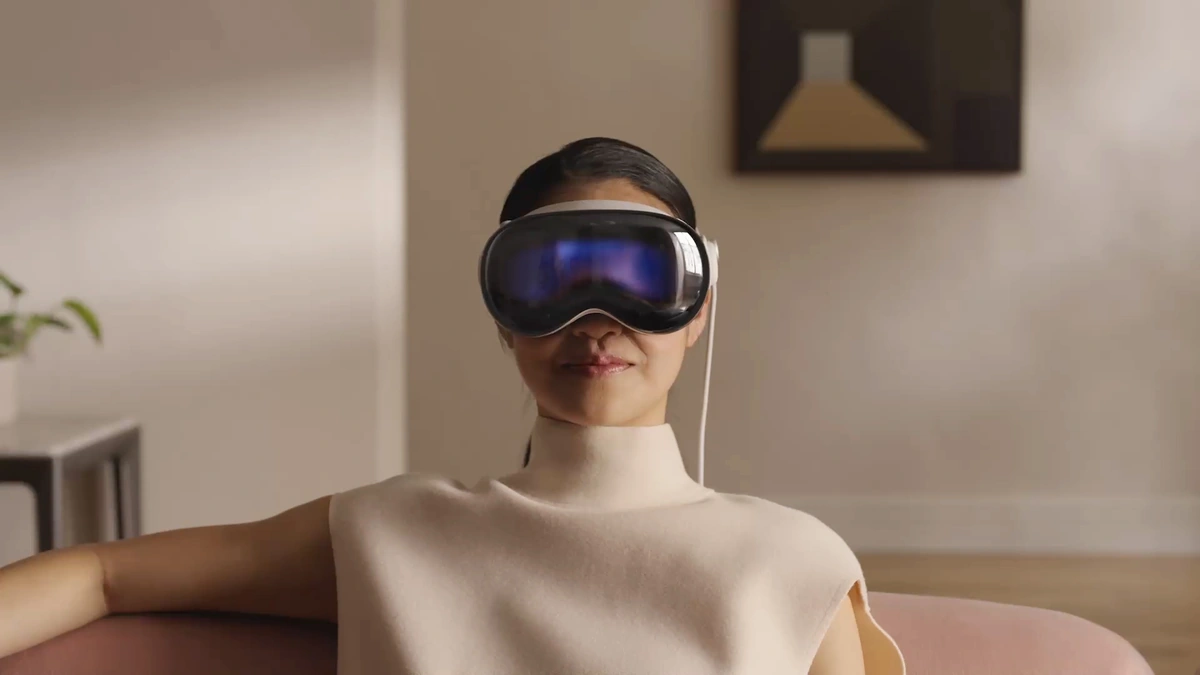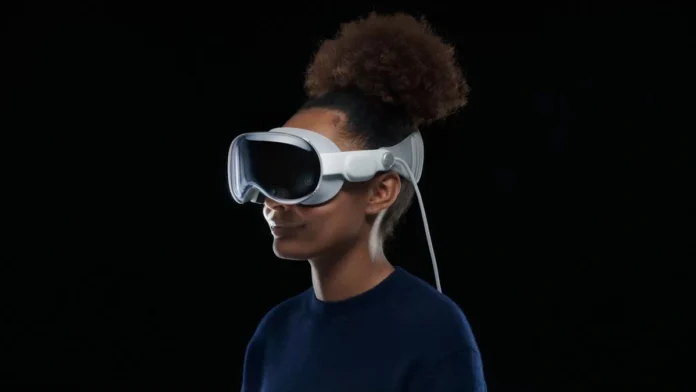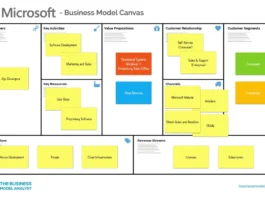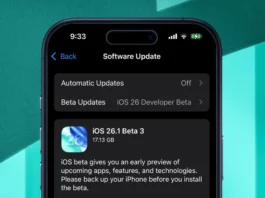Alright, let’s be honest – the Apple Vision Headset ‘s price tag probably made your eyes water. It’s cool tech, sure, but attainable? For most of us, not really. So, the rumor mill was buzzing about a more affordable “Vision Pro Lite” – a way for Apple to get more headsets on more faces. But plot twist! Apple’s reportedly pumping the brakes on that project to focus on something… sleeker. Smarter. Enter: smart glasses .
Why the sudden shift? (Hint | It’s not just about cost)

Here’s the thing: Apple’s not just thinking about your wallet (though, let’s be real, they are always thinking about your wallet). They’re playing the long game. The current Vision Pro, while impressive, is a first-generation device. It’s got the bulk, the battery life quirks, and that slightly isolating feel that comes with strapping a screen to your face.
Think about it: The ultimate goal isn’t to just sell headsets. It’s to seamlessly integrate augmented reality into your daily life. And that’s where next-generation wearable tech like smart glasses come in. They’re less intrusive, more socially acceptable, and could eventually replace your phone entirely. I mean, imagine glancing at a notification projected onto your lenses or navigating with subtle AR directions. That’s the future Apple envisions.
This strategic pivot suggests a fascinating shift in Apple’s augmented reality roadmap. Instead of a stepping-stone product in the form of a cheaper Vision Pro, they’re betting big on the eventual dominance of a more subtle and integrated form factor. This is a bold move, acknowledging the current limitations of headset technology while pushing forward toward a more user-friendly future. But what happens to current users of Apple Vision Headset devices? Don’t fret too much.
Apple is still dedicated to improving the software (VisionOS) and will likely introduce new features for current devices.
The Smart Glasses Gambit | A Peek into Apple’s AR Future
So, what can we expect from these rumored Apple smart glasses? Well, if Apple’s history is any indication, they won’t just be another pair of Google Glass collecting dust. We’re talking about a device that blends seamlessly into your everyday life, offering subtle AR enhancements without screaming “cyborg.”
I’m picturing something lightweight, stylish (because, you know, Apple), and packed with sensors. Think navigation, notifications, maybe even some basic AR gaming. And, crucially, it needs to be socially acceptable. Nobody wants to be “that person” wearing clunky tech in the middle of a conversation. The success of extended reality applications hinges on this.
According to Ming-Chi Kuo, a well-known Apple analyst, the shift in strategy is also motivated by challenges in resolving production issues and design complexities with the budget Vision Pro. Focusing on smart glasses development allows Apple to concentrate resources on a potentially more scalable and user-friendly product.
The Competition Heats Up | Who Will Win the AR Race?
Let’s be real; Apple’s not the only player in the augmented reality landscape . Meta’s been making strides with its Ray-Ban smart glasses, and other companies are experimenting with different form factors and functionalities. The race is on to create the ultimate AR device – the one that seamlessly blends technology into our lives without being intrusive or awkward.
What fascinates me is how each company is approaching this challenge from a different angle. Meta’s focusing on social connectivity, while others are emphasizing gaming or productivity. Apple, as always, seems to be aiming for a more holistic, lifestyle-integrated experience. The ultimate success will depend on who can nail the balance between functionality, design, and social acceptance.
What Does This Mean for You? (Besides waiting longer for affordable AR)
Okay, so the budget Vision Pro might be on hold. But don’t despair, fellow tech enthusiasts! This shift in strategy could actually be a good thing in the long run. By focusing on smart glasses, Apple’s potentially paving the way for a more accessible and integrated AR future.
Think about the possibilities: Imagine a world where you can effortlessly access information, navigate your city, and connect with friends – all without pulling out your phone. That’s the promise of smart glasses, and it’s a future worth waiting for. Plus, this move frees up resources for Apple to refine the existing Vision Pro.
And let’s not forget the potential impact on other industries. From healthcare to education to manufacturing, AR technology has the power to revolutionize how we work, learn, and interact with the world. Apple’s renewed focus on smart glasses could accelerate the adoption of AR across these sectors, leading to innovations we can’t even imagine yet.
The delay of the cheaper version of the Apple Vision Headset might seem like a loss at first. Looking at the bigger picture, it could signal a more meaningful investment in the future of AR technology and it’s everyday use.
FAQ About Apple’s Vision Pro and Smart Glasses
Will Apple completely abandon the Vision Pro?
No, Apple will continue to support and develop the Vision Pro, focusing on software updates and new features.
When can we expect Apple to release smart glasses?
There’s no confirmed release date yet, but rumors suggest it could be a few years away.
Will the smart glasses be more affordable than the Vision Pro?
Potentially, yes. Smart glasses generally have fewer components and complexities, which could lead to a lower price point.
What will the smart glasses be able to do?
Early rumors suggest features like navigation, notifications, and basic AR applications.
Is this a good move for Apple?
Many believe it is. Focusing on smart glasses could allow Apple to create a more user-friendly and widely adopted AR product in the long run.
Where can I find more information about Apple’s plans?
Stay tuned to tech news sites and Apple’s official announcements for the latest updates.
So, the cancellation of the “Vision Pro Lite” is a bit of a bummer, but I am hopeful this is all part of something much bigger. Apple’s not just chasing trends; they’re trying to build the future. And sometimes, that means taking a detour to create something truly groundbreaking. It’s like they’re saying, “Hold on, let’s not just make it cheaper; let’s make it better.” Find more related articles at US Trends Now . And honestly, I’m here for it.



